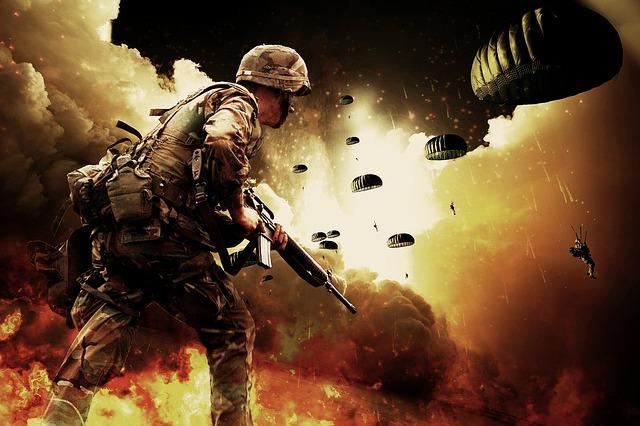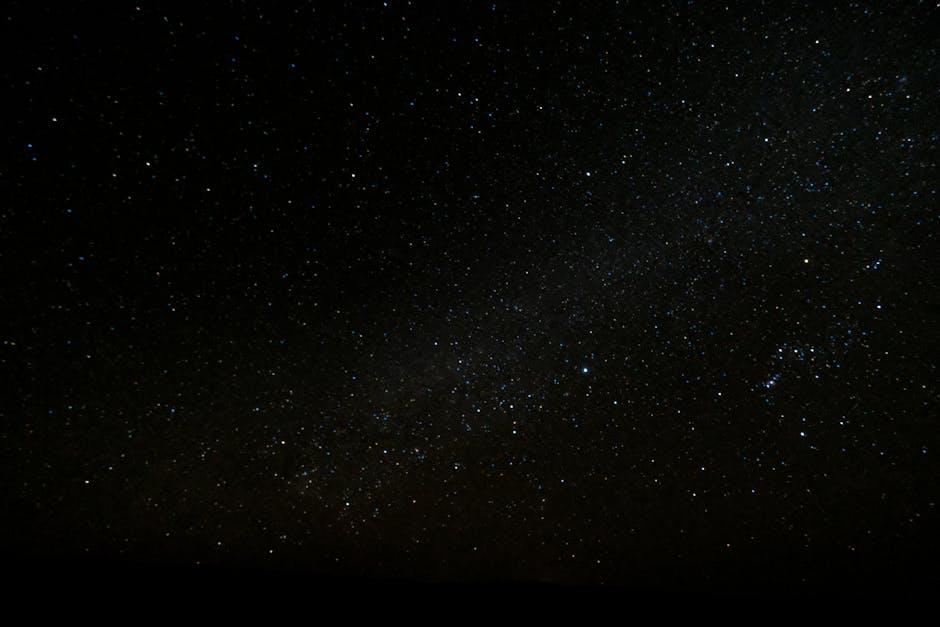In a galaxy not so far away, a cinematic revolution was brewing. When “practical effects used in blockbuster films without CGI“>Star Wars” first graced the silver screen in 1977, it not only transported audiences to a universe teeming with intergalactic intrigue but also redefined the boundaries of visual storytelling. Blending the tangible magic of practical effects with the burgeoning potential of computer-generated imagery (CGI), “Star Wars” forged a new path for filmmakers and dreamers alike. This article explores how this iconic saga transformed the landscape of visual effects, forever altering the way we bring imagination to life. Join us as we journey through hyperspace to uncover the legacy of innovation that continues to shape the art of filmmaking today.
Crafting the Galaxy: The Evolution of Practical Effects
In the early days of cinema, practical effects were the heart and soul of movie magic, with filmmakers relying on models, puppetry, and clever camera tricks to bring their visions to life. Star Wars revolutionized this art, combining traditional techniques with groundbreaking innovations. The franchise introduced audiences to a universe where starships soared through space and alien worlds felt tangible and real. Industrial Light & Magic (ILM), the effects company founded by George Lucas, became a pioneer in blending practical effects with emerging technologies, setting a new standard for visual storytelling.
- Miniature Models: Painstakingly crafted models of spaceships and landscapes provided a tangible realism that CGI couldn’t replicate at the time.
- Matte Paintings: Hand-painted backdrops expanded the universe, creating expansive vistas on a budget.
- Animatronics and Puppetry: Characters like Yoda and Jabba the Hutt were brought to life through intricate puppetry, adding depth and personality to the non-human cast.
As the saga progressed, CGI began to play a more prominent role, but it was the seamless integration of both practical and digital effects that truly set Star Wars apart. The blend of tactile reality with digital innovation created a visual experience that was both revolutionary and timeless, influencing countless filmmakers and reshaping the landscape of modern cinema.

From Models to Masterpieces: The Role of CGI in Star Wars
The Star Wars saga has been a trailblazer in the realm of visual storytelling, seamlessly blending practical effects with cutting-edge CGI to create unforgettable cinematic experiences. Initially, the franchise relied heavily on miniature models, puppetry, and practical effects, which gave the original trilogy its distinctive, tactile feel. Iconic ships like the Millennium Falcon and the Death Star were meticulously crafted, lending authenticity to the galaxy far, far away.
As technology evolved, so did the methods used to bring George Lucas’s vision to life. With the prequel trilogy, computer-generated imagery became a cornerstone of the filmmaking process, allowing for expansive worlds and dynamic characters that practical effects alone couldn’t achieve. The seamless integration of CGI and practical techniques in later films created a new standard in the industry, balancing digital innovation with the tangible magic of traditional effects. This harmonious blend has allowed Star Wars to remain a beloved and visually stunning saga, inspiring filmmakers to explore the limitless possibilities of their own creative universes.
- Miniature Models: Crafted with precision to capture the intricate details of the universe.
- Puppetry: Brought characters like Yoda to life with expressive realism.
- CGI Innovations: Expanded the scope and scale of storytelling, introducing new worlds and species.

Harmonizing Old and New: Lessons in Blending Techniques
In the galaxy of cinematic effects, Star Wars stands as a luminous beacon of innovation, expertly merging practical effects with CGI to create a seamless visual narrative. This iconic franchise demonstrates the art of blending old-school techniques with modern technology, setting a new standard for filmmakers.
- Miniatures and Models: The original trilogy employed intricate models and miniatures, capturing the raw, tangible essence of space battles and alien landscapes.
- Digital Revolution: The prequels introduced groundbreaking CGI, crafting entire worlds and characters digitally while maintaining the franchise’s signature authenticity.
- Synergy in Sequels: The recent films brilliantly balance CGI with practical effects, using real sets and animatronics alongside digital wizardry to evoke nostalgia and wonder.
This harmonious fusion of techniques not only enriches the visual storytelling but also preserves the magic that made Star Wars a timeless saga. Filmmakers can draw inspiration from this blend, ensuring that technological advances enhance rather than overshadow the narrative essence.

The Force of Innovation: Recommendations for Future Filmmakers
The groundbreaking use of practical and CGI effects in Star Wars offers a treasure trove of lessons for future filmmakers eager to push the boundaries of visual storytelling. To harness the full potential of both worlds, aspiring directors should consider the following recommendations:
- Balance Practical and CGI: Blend practical effects with CGI to create immersive environments. Practical effects can ground your scenes in reality, while CGI can expand them into the fantastical.
- Invest in Pre-Production: Detailed planning in pre-production ensures a seamless integration of effects. Storyboarding and animatics can help visualize the interplay between practical and digital elements.
- Embrace Innovation: Don’t shy away from new technologies. Experiment with cutting-edge techniques to find unique ways to tell your story.
- Collaborate with Experts: Work closely with special effects teams to explore creative solutions. Their expertise can transform ambitious ideas into cinematic reality.
By following these guidelines, filmmakers can continue the legacy of innovation that Star Wars began, creating experiences that captivate and inspire audiences around the world.

